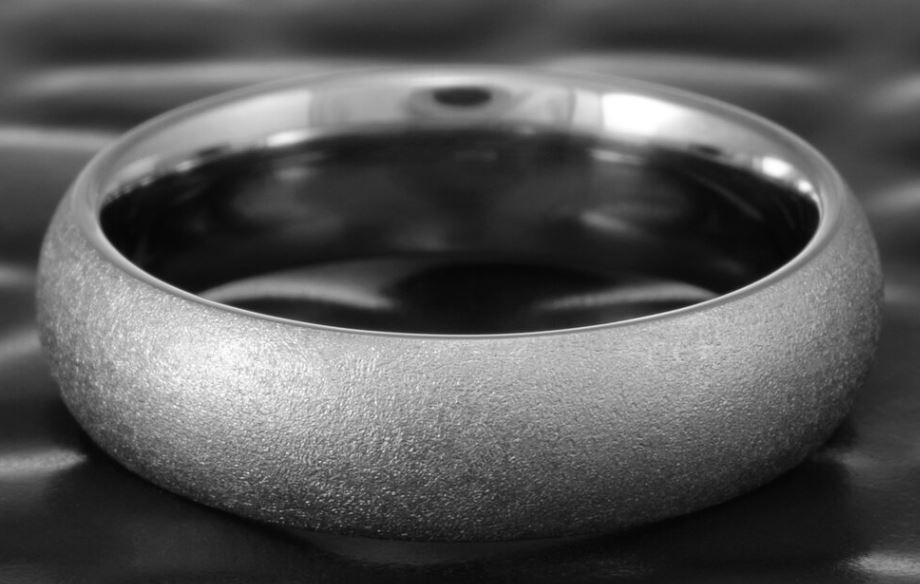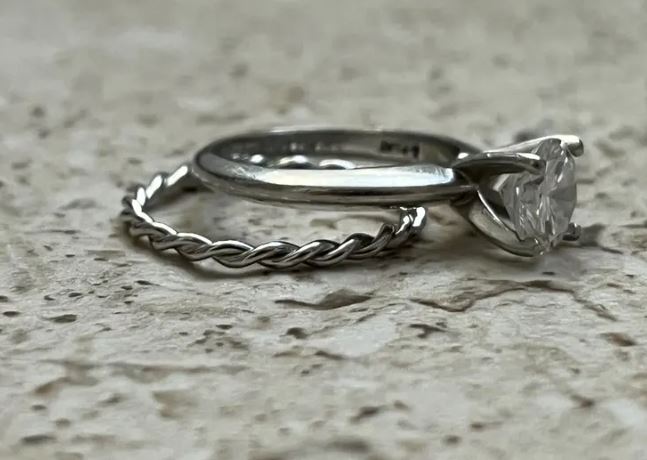Is Silver Used in Fine Jewelry
Yes, silver is commonly used in fine jewelry such as engagement rings, earrings, bracelets and other stuff. It is a metal which has wide range of usage and can be combined with other metals like gold to make alloys. It is also available solely in silver jewelry and can be combined with gemstones like diamonds and rubies.
In this article we’ll explore how silver is used in fine jewelry, what are its pros and cons, a brief history and some of the ways in which you can use silver in fine jewelry.
Why Silver is Used in Fine Jewelry
Silver has long been one of the most cherished metals in the world of fine jewelry, celebrated for its aesthetic appeal, adaptability, and affordability. Its gleaming white sheen, combined with its timeless charm, has made silver a preferred choice for jewelry purposes.
Common reasons of using silver in fine jewelry are:
1. Versatile Design
One of silver’s most significant advantages is its versatility in designs. Jewelers can use silver to create a wide range of styles, designs and shapes. As a relatively easier metal to deal with, silver can be turned into more customized designs with different options.
Customized options are more readily available designs as per the wish of a buyer can be made with silver.
2. Affordability
Affordability may not be the biggest concern of a buyer when buying fine jewelry. But when compared with similar white metals like white gold, rhodium and platinum, silver stands out clearly. But if budget is not a big concern, you can go for higher tier metals as they provide protection from tarnishing and high maintenance compared to silver.
3. White Appearance
Silver has a bright white appearance resembling white gold and platinum. If you go with silver instead of white gold or platinum, this can save you thousands of dollars.
4. Silver Plating
Silver is a popular choice among many buyers as a base metal when thinking about plating. A base metal is the metal over which plating is used. Common plated metals are rhodium, gold and platinum.
However platinum is less used as it has a higher density meaning more of its weight will be required for plating the same ring as rhodium. This increases the overall cost.
Overall, silver can be a good choice of metal if you want a lustrous appearance with a budget.

Cons of Using Silver in Fine Jewelry
Here are some of the cons of using silver in fine jewelry.
1. Tarnishing
Silver can tarnish. In tarnishing, it forms a thick dull black colored layer over its shiny surface. This is mainly due to reaction of copper in sterling silver with atmospheric chemicals. It impacts how duller and ugly metal appears.
Fortunately, this layer is not permanent and can be removed by washing jewelry with warm water and mild soap.
2. Regular Maintenance
Jewelry made of silver requires regular maintenance which can be both time consuming and expensive. This can be anywhere from using simple soap cleaning to commercially made tarnishing removal chemicals.
You can expect to clean it at least once every month with a regular wear. If you live a coastal area, then further maintenance will be required as silver tarnishes at a faster pace in areas with high humidity.
3. Non-Hypoallergenic
Silver can be non-hypoallergenic at times as it can contain traces of nickel in it. This can lead to skin allergies, skin turning black or green for people with sensitive skin. That’s why it is often recommended to people with sensitive skin to avoid silver or at least buy nickel-free silver.
Historical Significance of Silver
The use of silver in jewelry dates back thousands of years, with ancient civilizations such as the Egyptians, Greeks, and Romans valuing it for its beauty and symbolic significance. Silver was often associated with purity, wealth, and divine energy, making it a popular choice for creating ceremonial objects, intricate jewelry pieces, and even currency.
During the Renaissance period, silver’s popularity surged as artisans began crafting more intricate and artistic designs, reflecting the creativity and craftsmanship of the era. In the Victorian period, silver jewelry gained even wider appeal due to its accessibility and compatibility with elaborate fashion trends of the time. Today, silver remains a timeless material that continues to evolve alongside contemporary styles and trends, cementing its status as a cornerstone of fine jewelry.
How to Use Silver in Fine Jewelry
In today’s jewelry market, silver continues to be a sought-after material for creating fine jewelry. Advances in technology and design have expanded the creative possibilities of silver, resulting in innovative and sophisticated pieces.
1. Silver-Stone Jewelry
Silver makes an excellent combination with precious stones like diamonds, rubies and turquoise. These stones have their own meanings along with the beauty of silver. For example, turquoise represents purity and connection with Earth. Other stones have meanings too. As it has the similar white lustrous appearance to platinum or white gold, it can often mimic those precious expensive metal in appearance.

2. Silver-Gold Mix Jewelry
One prominent trend in modern silver jewelry is the use of mixed metals, where silver is combined with gold, rose gold, or platinum to create dynamic and fashionable designs. This blend of metals offers a unique taste to those who want versatility. Rather than combing both to make an alloy, these two can go in the other way as well. Common examples of this type of jewelry are trinity ring and double heart rings.
3. Recycled Silver
Silver can also be recycled by a number of ways. Commoly, it is recycled through silver purchased via pawn shops. Once collected, it goes through melting. Using recycled silver is a great way to promote sustainability and earth protection. It prevents further silver mining and extra silver is used again and again promoting healthy habits.
4. Gold Filled Jewelry
In gold filled jewelry, silver is used as a base metal with gold coating. Gold filled jewelry has a base of sterling silver while properties are of gold. This makes it an extremely affordable way of getting gold alike looks with strength of silver at a very low price. When compared to gold plated or gold vermeil, it is far better with plating thickness of about 25 to 30 micrometers.
FAQS About Silver Jewelry
Here are some of the FAQ’s you might have about silver jewelry.
Is sterling silver real silver?
Yes, sterling silver is real silver. It consists of 92.5% pure silver and 7.5% other metals, typically copper, to enhance its durability and strength.
Can silver be used for engagement rings?
Yes, silver can be used for engagement rings. In fact, engagement rings made in silver are quite popular. While silver is less commonly used for engagement rings compared to gold and platinum, it can be a beautiful and affordable option for those seeking unique or custom designs.

What is the difference between fine silver and sterling silver?
Fine silver is 99.9% pure silver, making it softer and less durable than sterling silver, which is an alloy designed for enhanced strength and practicality.
Does silver jewelry tarnish over time?
Silver can tarnish when exposed to air, moisture, and certain chemicals. However, proper care and cleaning can prevent or remove tarnishing, keeping your silver jewelry in pristine condition.
Conclusion
Silver’s role in fine jewelry is both historic and enduring, thanks to its unmatched combination of beauty, versatility, and affordability. Whether you’re drawn to silver for its aesthetic, its symbolism, or its practicality, this precious metal offers something for everyone. From its ancient origins to its modern relevance, silver continues to shine as a beloved material in the world of fine jewelry. If you own this amazing metal, with proper care and attention, it can remain a cherished part of your collection for years to come.

